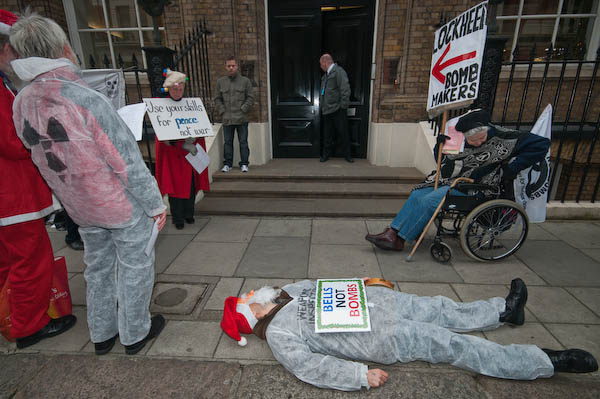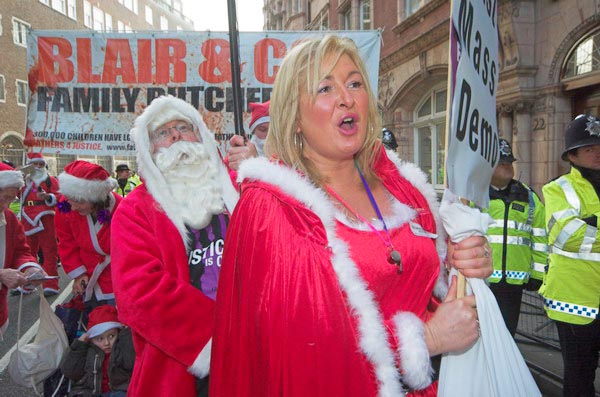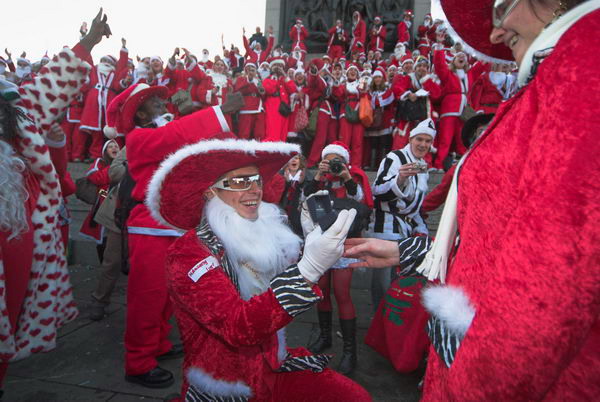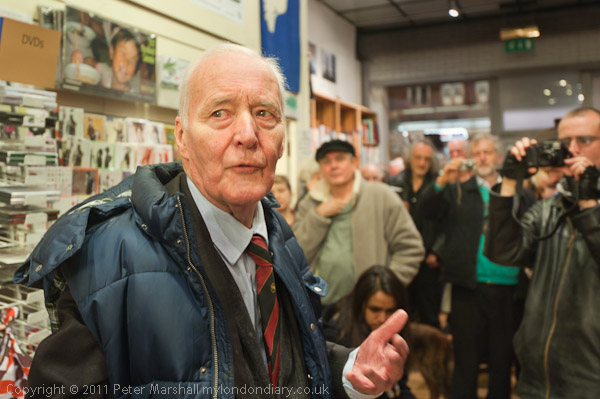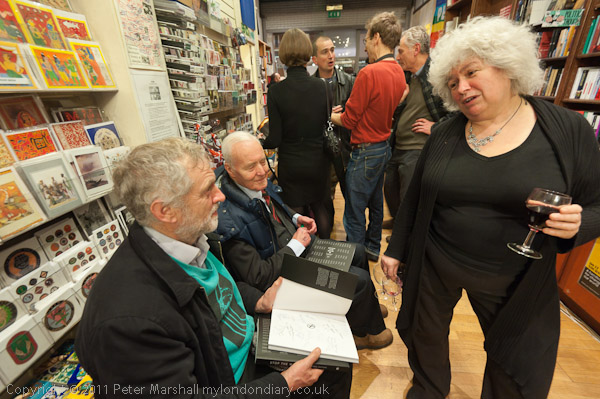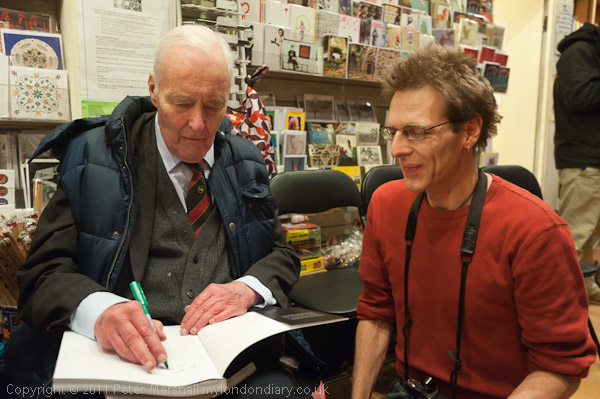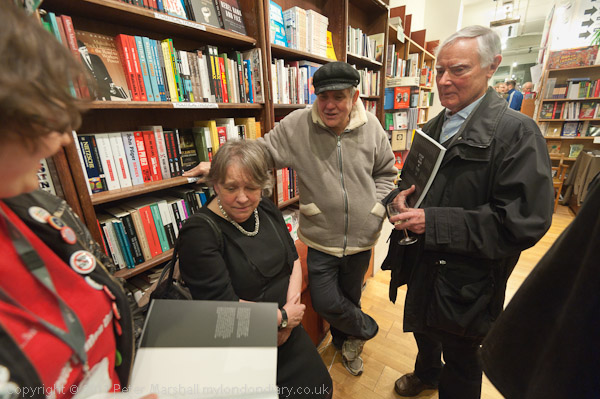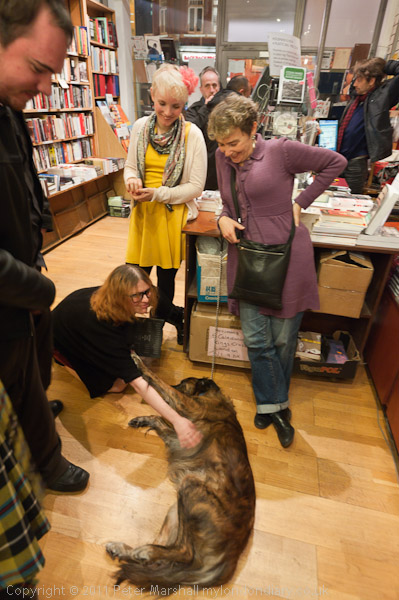
December 2011, Hyde Park
I think I have around a dozen images in the published version of the ‘Stop The War‘ graphic history (see previous post), around half of those that I was asked to send in as high-res for the final edit. I’d covered many if not most of the events that took place in London over the years, though I had to miss the huge event in February 2003 as I only came out of hospital in a very weak state the day before and could hardly walk.
A crop of the image above, taken in November 2011 is at the start of the section of photographs, although for me it still works better as the full image. When we were first asked to send in small versions of our files, we were told to limit it to at most 3 pictures from each event, and this was sometimes difficult, though there were other events I’d photographed for which I didn’t feel it worth sending in any. There were also some events, particularly local ones – for a time a small group of us protested every Friday evening rush-hour on a busy local road with slow-moving traffic – that I don’t think I took any pictures of. There I was more useful holding a placard.
I thought I would post my own pictures that are in the book here in their original state -without cropping and in colour where they were taken in colour. I’m also thinking of putting together a Blurb publication showing rather more of my work over the ten years of Stop The War, a kind of personal companion to the official publication. I thought first of using the selection of pictures that I made initially for Stop the War – around 75 images – but on reflection I think I should go through my files again using my own criteria for choosing the images rather than theirs, though I’m sure most of the pictures will be the same.
In this and the next couple of posts I’ll use the set of pictures that made it to the final edit, and of which around half were used. If you buy the book you can see which of them made it there, and also how they were used. There are a couple I didn’t recognise as mine when I first saw them.

December 2001, Trafalgar Square

December 2001, Hyde Park

March 2002, Park Lane

March 2002, Trafalgar Square

May 2002, Hyde Park

May 2002, Hyde Park

September 2002, Embankment

September 2002, Embankment

September 2002, Park Lane
I think most of these black and white pictures will have been taken using either Konica Hexar F, though for some I might have used a Leica M2 or Minolta CLE or the Konica Hexar RF. They were all taken on Ilford XP2 (by then it might have been ‘Plus’ or ‘Super’ or something), about the only black and white film I used for quite a few years, usually developed in normal C41 colour neg chemistry along with my colour film.
The Hexar F had a fine fixed 35mm f2 lens and had a virtually silent shutter mode. My only problem was knowing if I had taken a photo or not! If you were happy with the 35mm lens, it was an ideal street photography camera, and had virtually zero shutter lag if used (as I normally did) with manual focus at around 2 metres and a sensible aperture and shutter speed. If time allowed the autofocus was reasonably fast and accurate. One thing that had me fooled for years is that it was only too easy to hold it so that a finger obscured the exposure sensor. I had it serviced by Konica three or four times because of incorrect auto exposure before I realised what was happening.
The Hexar RF I more usually had loaded with colour neg film, typically Fuji 200 or 400. It was in most respects the camera the Leica ought too have made as the M7, with better film loading, much improved exposure metering, motor wind on (you could even shoot at 2 fps) and a more modern shutter with faster speeds and flash synch. The shutter was however noisier than a Leica, and although it was solid, the build wasn’t quite up to the old M series (more like the M8 in that respect.) It also didn’t match the huge price of the Leica, though it wasn’t cheap. But I think it was more responsive than a Leica and the viewfinder seemed more accurate. Despite rumours spread among the Leica forums at the time, it worked perfectly with every Leica and Leica-fitting lenses I tried on it.

